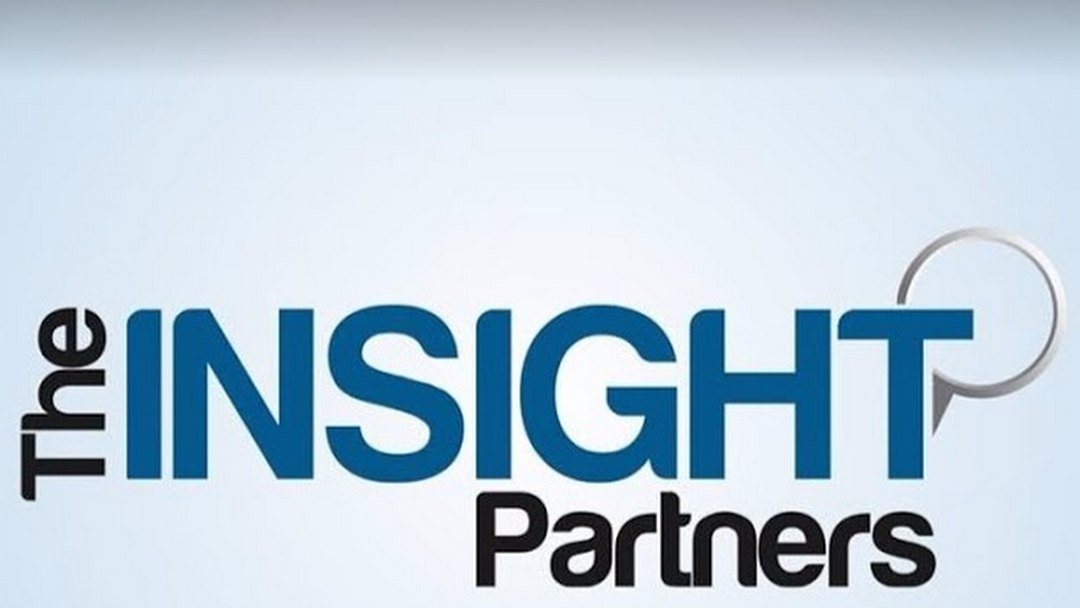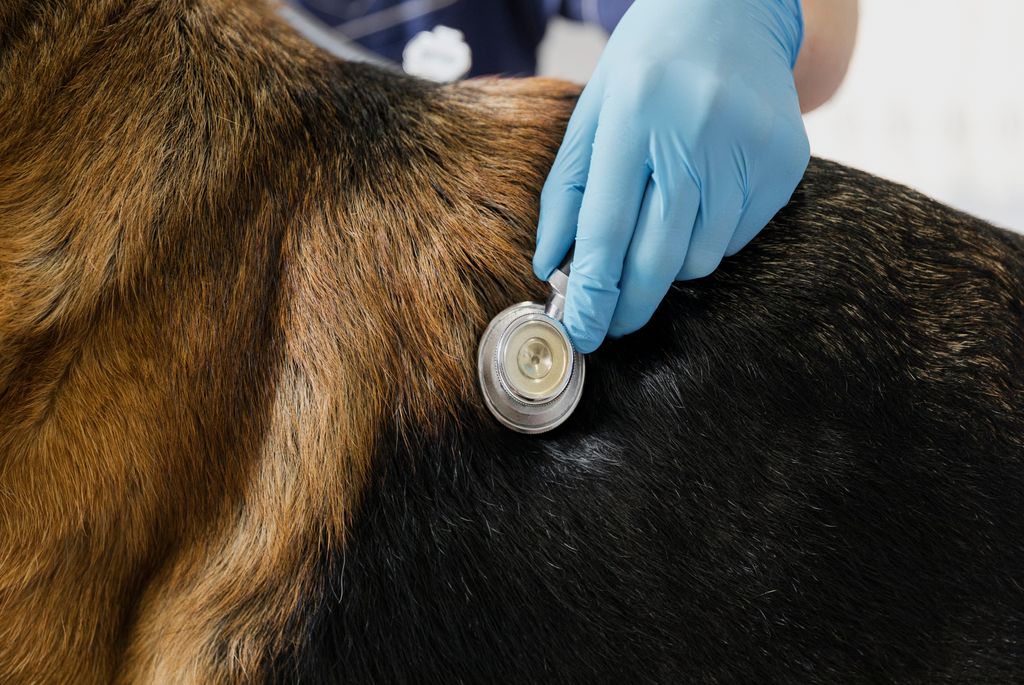Overactive bladder (OAB) is the frequent and sudden urge to urinate which might be difficult to control. OAB can be caused due to abdominal trauma, infection, nerve damage, and certain medications. OAB is common in people aged 65 and older. Women may have OAB after 45 years. The treatment includes changing certain behaviors, medications, and nerve stimulation. According to the National Association for Incontinence data, in 2018, ~200 million people were affected by urinary incontinence worldwide. Stress incontinence and urge incontinence are the two common types of urinary incontinence affecting women, wherein the latter is also known as overactive bladder. Similarly, a study conducted by a group of researchers at the American College of Physicians and Infectious Diseases Society of America in 2020 states urinary tract infection (UTI) are the cause of ~6 million physician visits each year in the US. In Canada, ~500,000 visits to the doctor’s office are for UTI consultations every year. UTI is the eighth and fifth most common reason for ambulatory clinic visits and emergency department visits, respectively, in the country. Thus, the increasing prevalence of urinary incontinence and growing incidence of urinary tract infections are driving the growth of overactive bladder treatment market.
The overactive bladder treatment market size expected to reach US$ 5,333.92 million by 2028, registering at a CAGR of 3.1% from 2022 to 2028, according to a new research study conducted by The Insight Partners.
The overactive bladder treatment market majorly consists of the players such as Alembic Pharmaceuticals Limited; Astellas Pharma Inc.; AbbVie Inc.; Teva Pharmaceuticals Industries Ltd.; Endo Pharmaceuticals Inc.; Hisamitsu Pharmaceutical Co. Inc.; Medtronic Plc.; Colorado Urology Associates, PLLC; Axonics Modulation Technologies, Inc.; and Pfizer Inc. The companies have been implementing various strategies that have helped the growth of the company and in turn have brought about various changes in the market. The companies have utilized strategies such as product launches, expansions, and product upgradations for the growth of their organizations. The companies have adopted several inorganic and organic strategies to accelerate their growth and improve their market position.
Below is the list of the growth strategies done by the players operating in the overactive bladder treatment market:
| Year | News |
| 2022 | Alembic Pharmaceuticals received approval from the US health regulator for its generic version of fesoterodine fumarate extended-release tablets, used for overactive bladder in adults with symptoms of urinary incontinence, urgency, and frequency. The approval by the US Food & Drug Administration (USFDA) for the abbreviated new drug application (ANDA) for fesoterodine fumarate extended-release tablets is for strengths of 4 mg and 8 mg. |
| 2022 | AbbVie company announced that the U.S. Food and Drug Administration (FDA) has approved BOTOX for the treatment of detrusor (bladder muscle) overactivity associated with a neurologic condition in pediatric patients 5 years of age and older who have an inadequate response to or are intolerant of anticholinergic medication. |
| 2022 | Axonics, Inc., a global medical technology company that is developing and commercializing novel products for the treatment of bladder and bowel dysfunction, announced the comprehensive launch of the Axonics F15 across the United States. The newly developed, long-lived, fully recharge-free sacral neuromodulation (SNM) system received FDA approval in March. The Axonics recharge-free system is a welcome advancement for patients suffering from bladder and bowel dysfunction. |
| 2021 | Medtronic plc announced approval from the U.S. Food and Drug Administration (FDA) to proceed with an investigational device exemption (IDE) trial to evaluate its internally developed implantable tibial neuromodulation (TNM) device — a therapy designed to provide relief from symptoms of bladder incontinence. |
| 2020 | Hisamitsu Pharmaceutical Co., Inc. announced the approval of manufacturing and marketing for OABLOK PATCH (Generic name: oxybutynin hydrochloride, hereinafter referred to as “the product”) in Thailand. The product is a systemic transdermal formulation developed using Hisamitsu’s TDDS (Transdermal Drug Delivery System) technology for the treatment of overactive bladder with symptoms such as urinary urgency and frequent urination. |
| 2019 | Teva Pharmaceuticals Ltd. launched Solifenacin Succinate Tablets which are muscarinic antagonist indicated for the treatment of overactive bladder with symptoms of urge urinary incontinence, urgency, and urinary frequency. |



